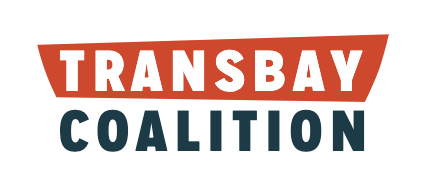Wrestling with budget challenges and ridership declines, VTA has zeroed in the core strategy of speeding up buses and trains, which have slowed dramatically over the last two decades. Speeding transit can increase ridership by providing more competitive service and reduce costs by allowing more transit to be run with the same amount of funding. The subset of transit agencies that are seeing ridership increase have been focusing on making buses and trains move faster.

Revisiting bus lanes. The most powerful tool in the toolkit is dedicated bus lanes. VTA is looking to revive this effective strategy after the earlier failure of El Camino Real Bus Rapid Transit, armed with new information about the performance of other BRT segments, inspiring case studies of effective pilot programs, and focused on a new approach to zero in on segments that can deliver focused results.
In the two years since VTA has run its 522 Rapid service in dedicated bus lanes from Santa Clara & 24th to Alum Rock Transit Center, transit times improved by nearly 20% over a 2.4-mile stretch, even after reinstatement of left turns. This time, in considering bus lane opportunities, VTA will be doing a comprehensive study of its frequent network, looking for smaller segments and pilot opportunities that can deliver good and persuasive results.
There are several other strategies that VTA will be exploring in its study of opportunities to speed its frequent network, including:
- All door boarding, which Muni used successfully to reduce passenger boarding time by 38% and average speed by 2%, and improve reliability. Staff is considering a pilot on the 522 El Camino Rapid bus.
- Bus stop consolidation, which TriMet in Portland found to result in a 6% improvement in travel times with no impact to ridership.
- Transit signal priority. Already used on the 522 and 323, VTA will consider TSP for more routes. LA Metro and the City of Los Angeles saw a 33% reduction in signal delay and a 25% reduction in travel time in each corridor while delaying cross traffic by only about 1 second per vehicle.
Next steps and the importance of city support
VTA’s study is scheduled to be published in the winter, with decisions about projects to implement in 2020. The success of the FAST Transit strategy is going to depend on city partnerships, because many of the changes to speed up buses depend on changes to city streets that cities control.
Missing strategy – service levels
With VTA’s network redesign finally rolling out later this year with the BART launch, and the prospect of transit speed improvements, VTA is missing one more basic strategy in the formula for increased ridership – the amount of service.
VTA’s 2016 analysis by Jarrett Walker showed that service per person in Santa Clara County was down by over 20% in recent decades. Funding from Measure B was expected to increase service hours per person, but with VTA’s budget challenges, the planned increase was pruned back. If VTA makes some prudent decisions to cut some big programs that have outlived their decades old vision, perhaps there will be funding available to beef up service, to follow the full recipe for better bus performance.

